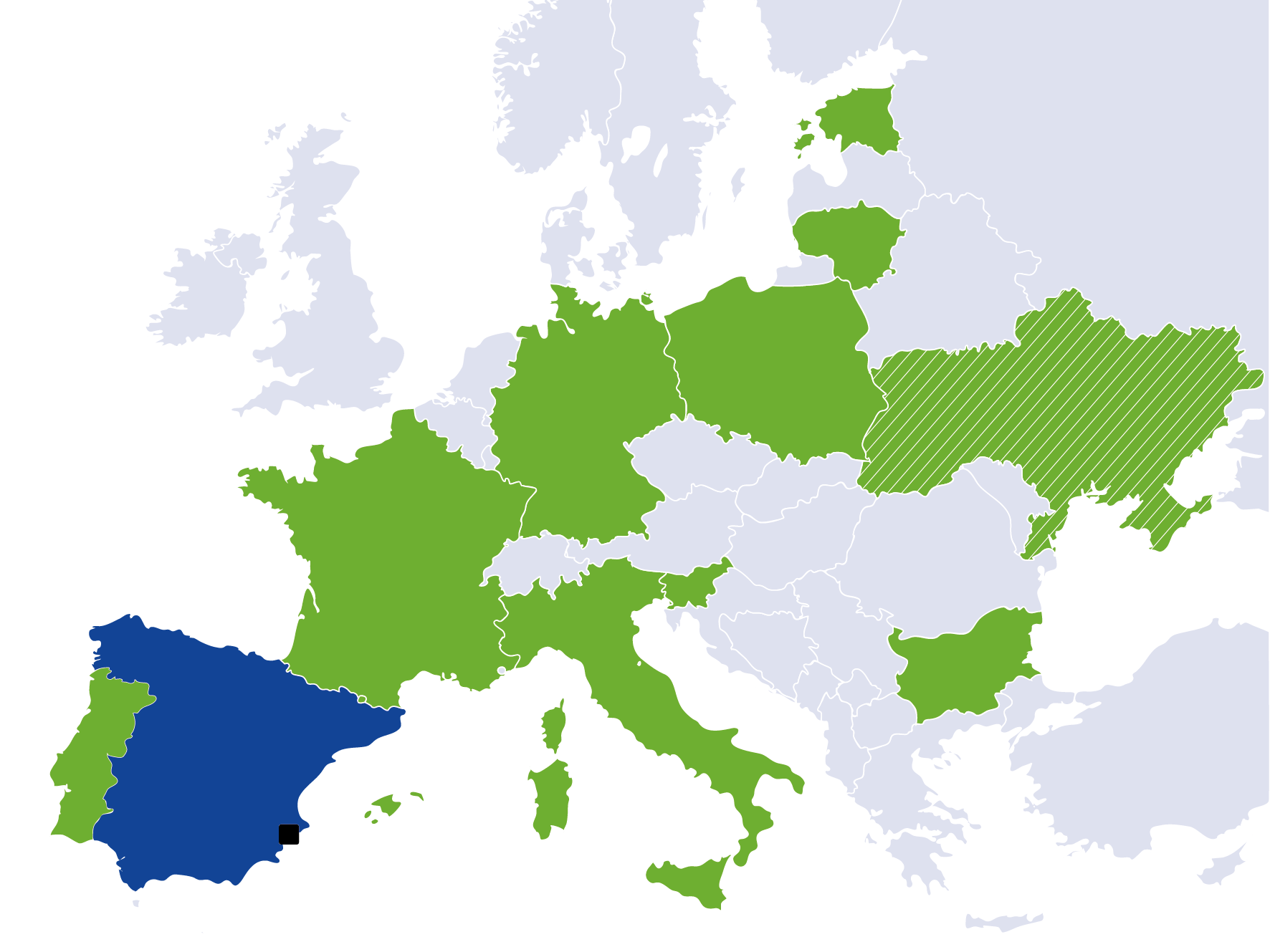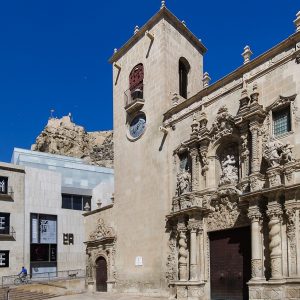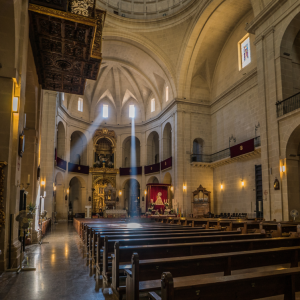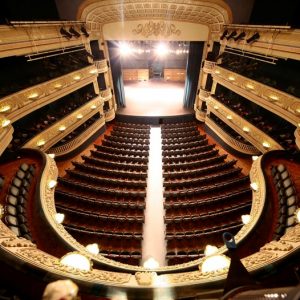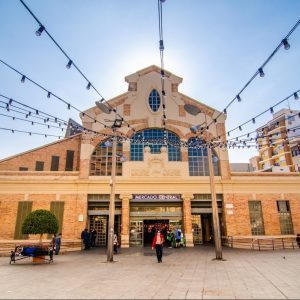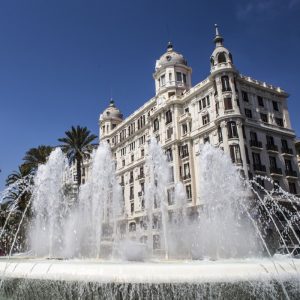University of Alicante
Logo and location

- country: Spain
- language: Spanish
- currency: EUR
- WWW: www.ua.es
- contact: infot4europe@ua.es
¡HOLA!
Welcome to the University of Alicante (UA)! We are an institution founded in 1979, providing a welcoming environment for you to embark on your next educational adventure. With approximately 30,000 students, we offer a diverse academic portfolio, including undergraduate and postgraduate programs in areas such as sciences, humanities, engineering, social sciences, and health.
We aim to make your experience at UA unforgettable, offering a wide range of extracurricular activities, cultural events, and research opportunities. Our goal is not only to provide you with a high-quality education but also to help you grow as an individual, prepare you to face real-world challenges, and ensure you have an extraordinary experience.
Are you ready to join us?
University in a nutshell
Location

Transportation
The C6 bus service runs between the airport terminal building and Alicante city centre every 20 minutes, 365 days a year. It also stops at the Renfe train station and other strategic locations around Alicante, connecting with TRAM lines L1, L2, L3 and L4 at the following stops: Alfonso X El Sabio, Plaza de los Luceros and Vázquez de Mella. The regular ticket cost is €3.85.
Learn Spanish
You can complement your studies with Spanish courses. At the UA, we offer a course of 4 hours per week (2 sessions of 2 hours) with schedules compatible with various undergraduate and postgraduate programs. The courses, available at different levels (basic, intermediate, and advanced), total 60 hours. The course is equivalent to 6 ECTS credits and is free of cost.
You can find more detailed information at: www.csidiomas.ua.es
Accomodation app
Each country offers different options for you to stay during your time at the host university. At Transform4Europe, we have created an application to provide you with all the information about the options available to you.
Get to know the app: https://proyectoue.ogpi.ua.es/accommodation/
Why the University of Alicante
Discover what students, professors, researchers and administrative staff think about the University of Alicante.
Photo gallery
Discover Alicante
TOURIST ATTRACTIONS
During your stay at the University of Alicante, there are places you simply can’t miss. We highly recommend visiting the following spots:
The Castle of Santa Bárbara is perched on top of Mount Benacantil at a height of 166 metres, and stands one of Spain’s largest mediaeval fortresses, providing great views of Alicante’s perfect bay. It has three different enclosures from three distinct periods:
- The upper enclosure, “La Torreta”, is where visitors will find the keep and the most ancient remains of the fortress, which mostly date from the 14th century.
- The mid-level enclosure is home to the most important buildings, which were built in the 16th century. These include:
- The Salón Felipe II hall.
- The Cuerpo de Guardia guard house the Patio de Armas parade ground the Baluarte de la Reina bastion.
- The lower enclosure dates back to the 18th century and is home to the Revellín del Bon Repós ravelin.
Tabarca is the only inhabited island in the Region of Valencia and is located opposite the city of Alicante, 11 nautical miles offshore and near the Santa Pola headland. In fact, it’s more than just an island: it’s a small archipelago that comprises the islets of La Cantera, La Galera and La Nao as well as the Isla de Tabarca itself. It is approximately 1,800 metres long and measures some 400 metres across at its widest point.
In the past, its shores were a refuge for Berber pirates and, in the 18th century, King Carlos III ordered the island to be fortified and a town built, in which to house several families of Genoese fishermen who were being held prisoner in the Tunisian city of Tabarka. The walls surrounding the town have been officially declared a Historical and Artistic Site and an Asset of Cultural Interest.
Alicante has a large number of beaches which constitutes a major tourist attraction. Year after year these beaches are awarded the Blue Flag recognition by the European Union, giving them the international prestige they deserve; the best beaches of the Mediterranean coast are: San Juan beach, Cabo de la Huerta coves, Almadraba beach, La Albufereta beach, Postiguet beach, Saladares-Urbanova beach, Tabarca island.
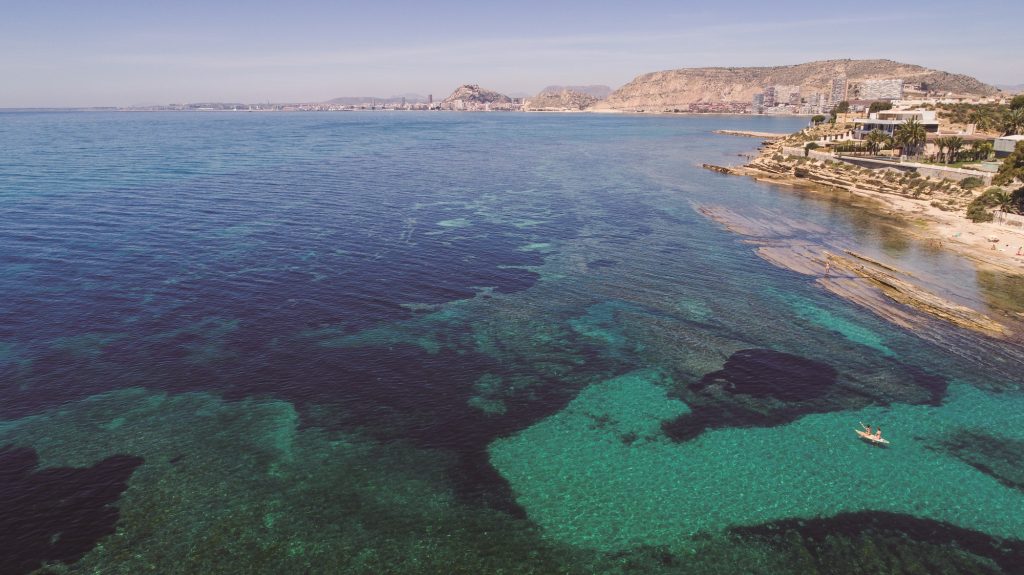
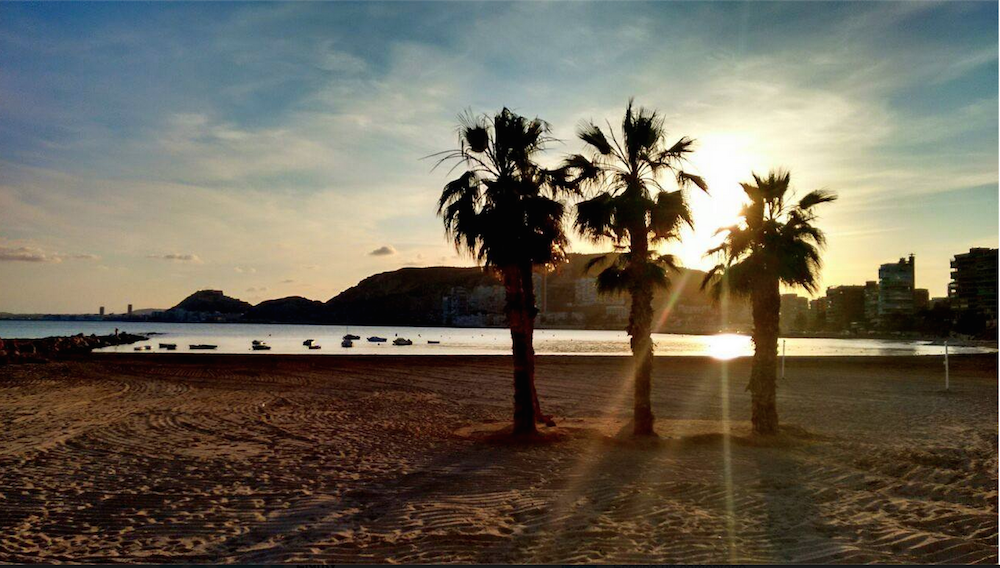
MONUMENTS AND HISTORICAL BUILDINGS
Alicante has a multitude of monuments and historic buildings that you can’t miss. Below, we present some of the most well-known ones.
Constructed in the Baroque style during the 18th century, this civic structure replaced the previous town hall. Notable ornamental elements include the facade’s columns and the twin towers. Inside, visitors can explore various captivating rooms, including the Salón Azul, inspired by the era of Queen Isabel of Spain, the Salón de Plenos, and a chapel suitable for holding religious services. At the base of the main staircase lies the “Cota Cero,” a reference point used to measure altitude above sea level throughout Spain.
www: The Town Hall
Located at Number 1 on La Explanada de España, the Carbonell Residence is one of the most remarkable structures in Alicante. Constructed by J. Vidal Ramos between 1922 and 1925, the residence is believed to have been commissioned by Enrique Carbonell, a textile manufacturer from the neighboring town of Alcoy. The building serves as a testament to the prosperity of Alcoy’s textile industry during World War I.
www: Carbonell House
This architectural marvel features several elements inspired by modernist design. Constructed under the supervision of J. Vidal Ramos between 1911 and 1912, it occupies the site where the walls surrounding Alicante stood in the 18th century.
www: Central Market
Opened in 1847, this is the city’s premier theater venue. Its main facade showcases a neoclassical style. The interior, designed following the Italian typology of the time, is divided into three clearly differentiated areas: the lobby, the horseshoe-shaped auditorium, and the stage.
This is the oldest church in the city, dating back to the 14th century. It was built upon the ruins of Alicante’s largest mosque and has a single, non-cruciform nave with side chapels between the buttresses.
Construction began on the San Nicolás Co-Cathedral in the year 1600, replacing a building that had stood there previously. It is built in the Herrerian renaissance style and is located in the heart of the city.
PHOTO GALLERY
Source: Tourist Office. You can expand the information on their website: https://alicanteturismo.com/en/monuments-historical-buildings/

